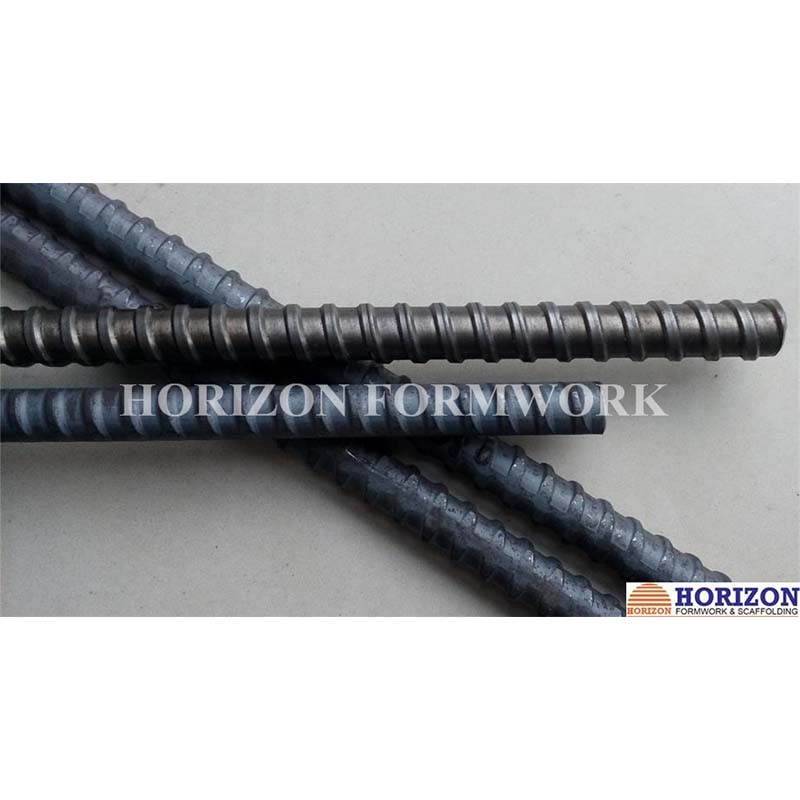Nov . 21, 2024 05:17 Back to list
timber formwork in construction companies
The Role of Timber Formwork in Construction Companies
Timber formwork has remained a critical component in the construction industry for decades. Although several materials and techniques have emerged in the past few years, timber formwork continues to be favored by many construction companies due to its adaptability, cost-effectiveness, and environmental benefits. With the construction sector becoming increasingly competitive and innovations gaining momentum, understanding the nuances of timber formwork is essential for professionals in the field.
What is Timber Formwork?
Formwork is a temporary structure used to support the framework of freshly poured concrete until it gains sufficient strength to support itself. Timber formwork specifically employs wooden materials, making it a popular choice for various construction projects, from foundation work to complex structural forms. The versatility of timber allows for customization and the ability to create shapes and designs that may be difficult with rigid forms made of steel or plastic.
Advantages of Timber Formwork
1. Cost-Effectiveness Timber is generally more affordable than other formwork materials. It is widely available and can be sourced locally, reducing transportation costs. Additionally, timber formwork can often be reused multiple times, making it an economically sensible choice for contractors working on various projects.
2. Lightweight and Easy to Handle Compared to aluminum and steel, timber formwork is lighter, making it easier for workers to transport and manipulate on job sites. This can lead to reduced labor costs and faster assembly times, directly impacting the overall efficiency of construction projects.
3. Versatility Timber can be cut, shaped, and assembled into virtually any form, allowing for intricate designs and unique architectural features. This adaptability is particularly beneficial for bespoke projects where standard formwork solutions may not suffice.
4. Sustainability With growing environmental awareness, timber holds appeal as a sustainable option. When sourced responsibly from certified forests, timber can be a renewable resource. Moreover, its use in construction contributes to lower carbon footprints compared to metal-based formwork systems.
timber formwork in construction companies

5. Finish Quality Timber offers a smooth finish that can enhance the aesthetic quality of concrete surfaces. It minimizes imperfections and absorption issues that sometimes occur with other materials. As a result, less finishing work is required after the formwork is removed, potentially saving time and costs.
Challenges and Considerations
Despite its advantages, timber formwork is not without drawbacks. Its susceptibility to moisture and weather conditions can impact its structural integrity and performance. For example, exposure to rain or extreme temperatures can warp, swell, or rot timber, leading to potential delays or additional costs for construction companies. Additionally, timber formwork may require more skilled labor for fabrication compared to prefabricated steel systems, which can be a consideration in project planning.
The issue of waste is also relevant. While timber can be reused, it may not be as durable over many uses compared to metal formwork, which can be utilized over long periods. Companies must balance the initial cost against the longevity and potential waste produced through timber formwork.
Innovations in Timber Formwork
To address some of the challenges associated with traditional timber formwork, the construction industry is witnessing innovations and advancements. Technologies such as engineered wood products—like laminated veneer lumber (LVL) and cross-laminated timber (CLT)—are being adopted. These materials offer enhanced strength and durability, making them suitable for more demanding applications.
Furthermore, the integration of digital design tools and advanced carpentry techniques is facilitating more efficient use and design of timber formwork. Building Information Modeling (BIM) and computer-aided design (CAD) software allow for precise planning and execution, ultimately minimizing waste and optimizing material usage.
Conclusion
Timber formwork continues to hold a prominent place in the construction industry, offering a blend of cost-effectiveness, adaptability, and sustainability. While challenges do exist, ongoing innovations and improvements in material technology can help mitigate many of these issues. As construction companies navigate the ever-changing landscape, embracing timber formwork alongside modern advancements will likely help shape the future of building practices—ensuring projects are not only successful but also environmentally responsible. Timber formwork, rooted in tradition yet evolving with technology, showcases the best of both worlds in contemporary construction.
-
High-Quality U Head Jack Scaffolding – Reliable Scaffolding Jack Head Manufacturer & Factory
NewsJul.08,2025
-
High-Quality I Beam H20 Leading Timber Beam H20 Material Factory, Exporters & Manufacturers
NewsJul.08,2025
-
High-Quality Powder Coating Steel Formwork - Durable & Corrosion Resistant Solutions
NewsJul.07,2025
-
Inclined Column Formwork Supplier – Durable & Precise Solutions for Unique Structures
NewsJul.07,2025
-
High-Quality Water Stop Solutions Trusted Water Stop Company & Suppliers
NewsJul.07,2025
-
High-Quality Formwork Material Supplier Reliable Manufacturer & Factory Solutions
NewsJul.06,2025